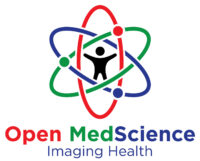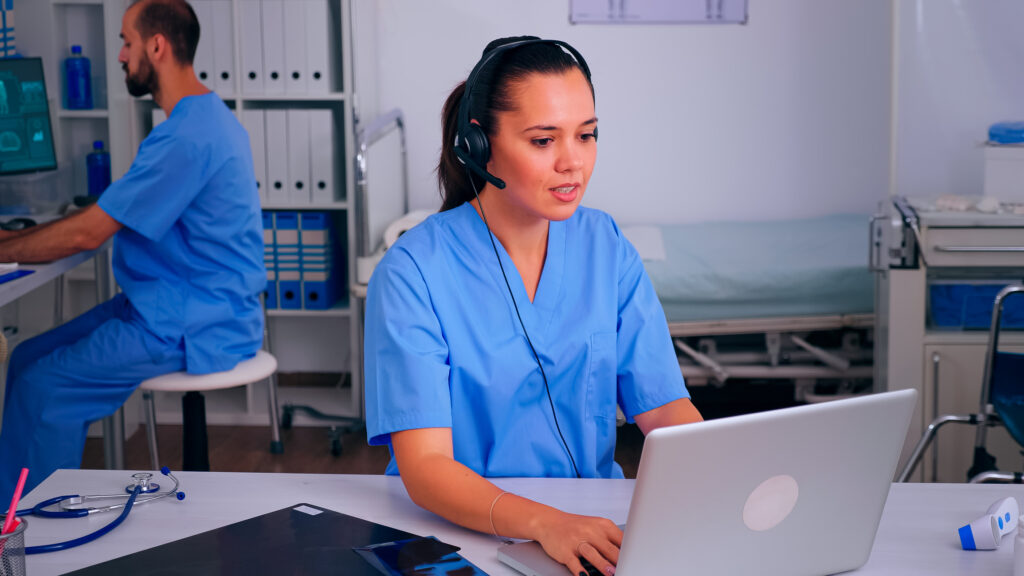In today’s fast-changing healthcare landscape, integrating technology is essential, not optional. Patient safety is now a priority, yet adverse events like medication errors, misdiagnoses, surgical complications, and infections still threaten lives and hospital reputations. These preventable incidents raise global healthcare costs and reduce public trust.
To combat this, providers are embracing innovative technologies to detect risks, improve consistency, and intervene early. Understanding evolving digital tools is crucial for clinicians, administrators, and patients seeking safer, more accountable, and transparent healthcare delivery.
In this article, we’ll explore the key technologies driving patient safety forward and how they are redefining the standards of modern healthcare.
The Scope of Adverse Events in Modern Healthcare
Adverse events are a widespread challenge in modern healthcare, affecting patient safety worldwide. These include medication errors, surgical mishaps, and hospital-acquired infections, often caused by system failures or human error. Despite medical advancements, their continued occurrence reveals serious gaps in clinical processes that demand urgent and effective technological intervention.
The Global Patient Safety Report 2024 states that unsafe care affects over one in ten patients globally, causing widespread harm. Nearly half of these cases result in serious or lasting injury. Unsafe care leads to over 3 million deaths annually, with about 50% of the harm being preventable.
Clinical Decision Support Systems (CDSS) and AI Integration
Integrating artificial intelligence (AI) with Clinical Decision Support Systems (CDSS) provides a robust method for mitigating adverse healthcare events. These tools process large volumes of patient data, including lab results, medical history, and symptoms. By delivering timely, evidence-based insights, they help healthcare providers make more accurate and informed clinical decisions.
AI enhances CDSS by detecting subtle patterns and predictive indicators that human clinicians may miss. This allows for early identification of complications such as sepsis, drug interactions, or diagnostic errors. With real-time alerts, treatment suggestions, and risk assessments, AI-enabled CDSS reduces preventable harm and supports more accurate, personalised care.
Accountability, Patient Safety, and the Legal Angle
Medical errors, whether from negligence or system failure, can have life-altering consequences. Legal action by affected patients promotes transparency, reinforces professional standards, and drives improvements to prevent similar mistakes in the future.
In April 2025, Lawyer Monthly reported that Vietnam veteran Jesse James Anderson from Atlanta died after a nurse misplaced a feeding tube. The untrained nurse acted under pressure from a supervising doctor.
In regions like Atlanta, where medical malpractice cases are closely scrutinised, specialised legal expertise becomes crucial. In these situations, patients harmed by avoidable medical errors may find strong legal support through Atlanta personal injury attorneys. These attorneys push for accountability, influence safety policies, and drive hospitals to adopt technologies that reduce harm and prevent legal consequences.
Atlanta Personal Injury Law Firm explains that personal injury “damages” are financial awards meant to compensate victims for losses caused by an accident. These include medical costs, emotional suffering, and sometimes punitive damages. The amount of compensation depends on how severe the injury is and its lasting effects.
Smart Monitoring and Alert Systems in Critical Care
These systems use AI to monitor vital signs, like heart rate, oxygen levels, blood pressure, and respiration, to detect early patient deterioration. When abnormalities are detected, real-time alerts notify healthcare staff immediately, which enables quicker interventions and reduces the risk of complications. Smart monitoring also integrates with electronic health records and ensures timely documentation.
A study published by the National Institutes of Health found that patients monitored with intelligent systems had earlier detection of ventilator-associated events (VAE). They also experienced fewer ventilator-associated conditions (VAC) and shorter VAC durations. The system further reduced ventilator days, antibiotic usage, and 14-day mortality, which highlights its impact on critical care outcomes.
Imaging and Diagnostic Precision as Preventative Tools
Accurate diagnostics are essential for effective treatment and patient safety. With advanced imaging technologies like high-resolution MRI, CT scans, and AI-assisted radiology, conditions can be detected earlier and more precisely. These tools help identify abnormalities, monitor disease progression, and reduce misdiagnoses, which prevents delayed or inappropriate treatments and improves overall healthcare outcomes.
AI-powered diagnostic platforms quickly analyse thousands of imaging data points, detecting subtle anomalies that may escape human observation. This improves both the speed and accuracy of medical diagnoses. As a result, these technologies serve as crucial preventative tools, minimising complications and supporting better clinical decisions across various healthcare settings.
Cybersecurity and Data Accuracy in Patient Safety
Electronic health records, diagnostic tools, and monitoring systems depend on accurate, secure data to guide treatment decisions. Cybersecurity breaches can corrupt records, expose sensitive information, or disable systems, which can lead to dangerous medical errors. Strong cybersecurity protocols and real-time data validation are essential to protect patient safety, ensure trust, and prevent technology-triggered adverse events.
The HIPAA Journal reported that 2023 set a new record with 168 million healthcare records exposed or improperly disclosed. This included 26 breaches exceeding 1 million records and four surpassing 8 million. The largest breach impacted over 11 million individuals, which marks the second-biggest healthcare data breach ever recorded.
Frequently Asked Questions
Why is real-time monitoring important in hospitals?
Real-time monitoring is essential in hospitals for continuous tracking of vital signs. It allows immediate detection of critical changes, which enables faster response. This helps prevent complications, reduce medical errors, and improve patient outcomes, especially in high-risk environments like intensive care units.
What role does medical imaging play in error prevention?
Medical imaging is vital in preventing errors by offering clear, detailed visuals for accurate diagnosis. It helps detect issues early, guides treatments, and reduces misdiagnoses. When paired with AI, the imaging tools boost diagnostic accuracy and help clinicians make better decisions.
Can technology fully eliminate human error in healthcare?
Technology reduces human error in healthcare through automation, alerts, and data insights, but cannot fully prevent it. Human judgment and oversight are still crucial. Continuous training and awareness remain necessary to use technology effectively and maintain high standards of patient safety.
Technology as a Lifeline for Safer Healthcare
As healthcare continues to face the ongoing challenge of adverse events, technology emerges as a key ally in protecting patient safety. These innovations boost accuracy, responsiveness, and promote a culture of transparency and accountability. Their true impact depends on ethical use, proper training, and strategic implementation.
With careful adoption, healthcare can progress toward a future where preventable harm becomes the exception rather than the rule.
Disclaimer
The information provided in this article is for general informational purposes only and does not constitute professional medical, legal, or technical advice. Open Medscience and the authors of this article make no representations or warranties regarding the accuracy, completeness, or reliability of the content. While the article discusses medical technologies and legal aspects related to patient safety, it is not a substitute for consultation with qualified healthcare professionals or legal practitioners.
Readers should not act upon any information contained herein without seeking appropriate professional guidance tailored to their individual circumstances. References to specific medical cases, technologies, or legal firms are for illustrative purposes only and do not imply endorsement or affiliation.
Open Medscience assumes no responsibility or liability for any loss or damage that may arise from reliance on the material contained in this publication. The inclusion of third-party sources and statistics is intended to support public discussion and awareness but should not be considered exhaustive or definitive.
You are here: home » diagnostic medical imaging blog »



